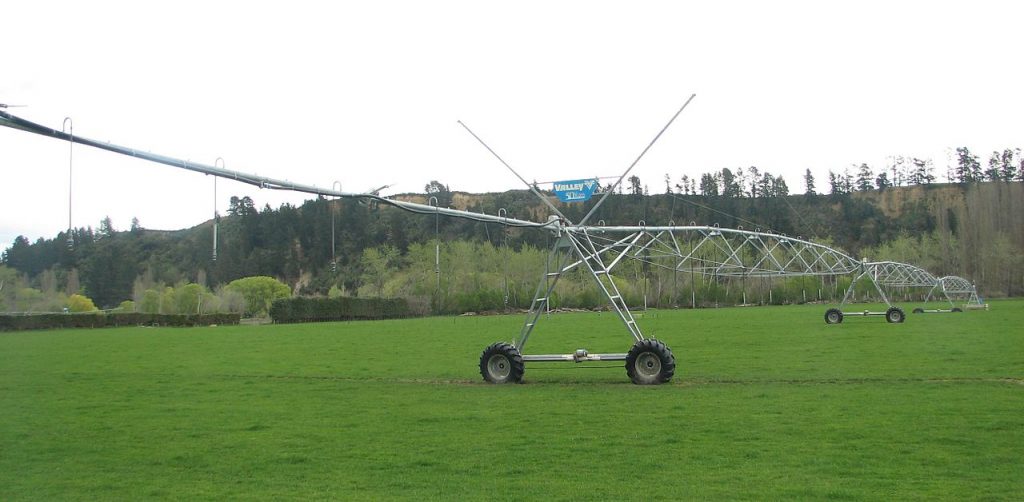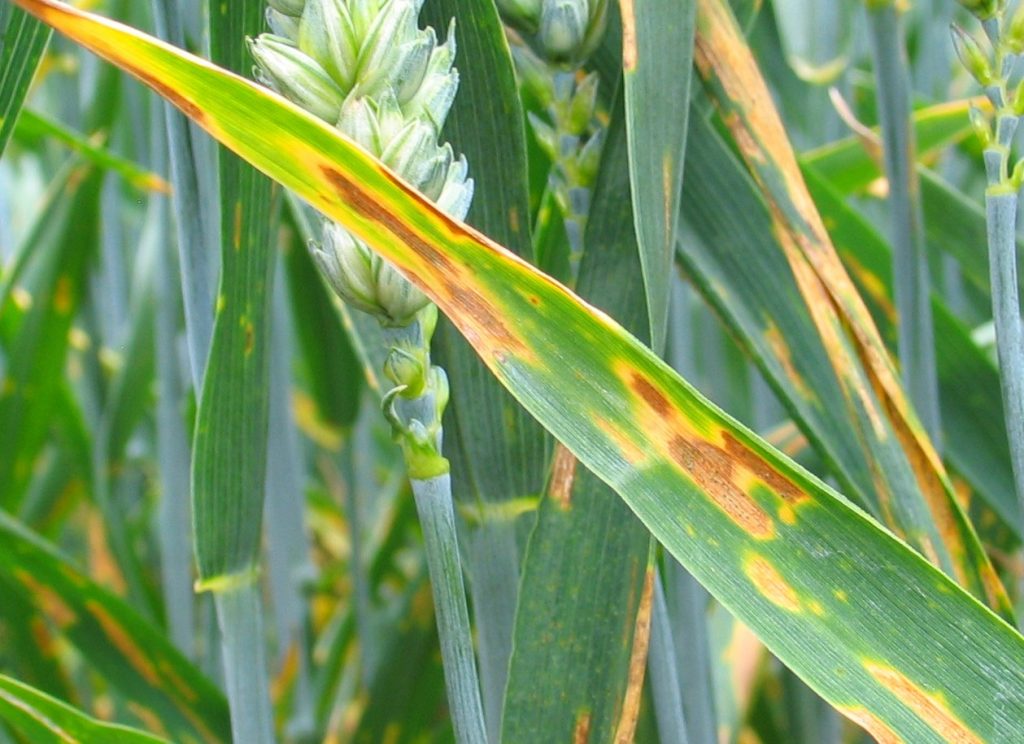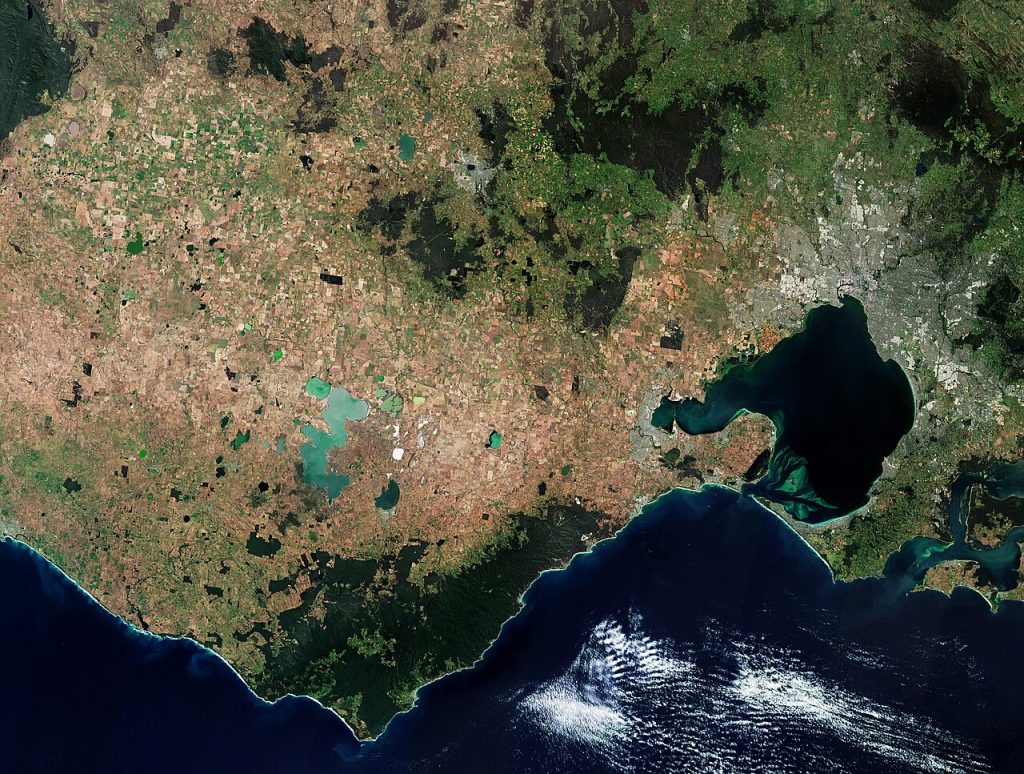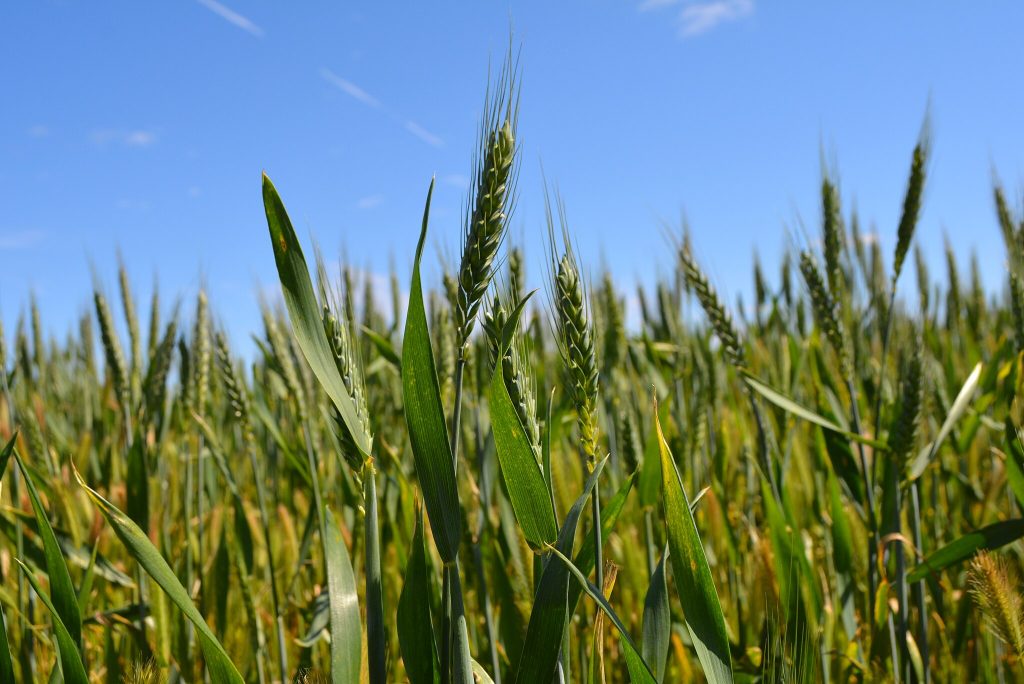
Fertilization and soil health are foundational elements of wheat production. In Victoria, Australia, these practices are shaped by the state’s unique climate, soil types, and agricultural conditions. Understanding how fertilization practices differ in Victoria compared to other wheat-producing states such as New South Wales, Queensland, South Australia, and Western Australia is crucial for optimizing crop productivity and maintaining sustainable farming systems. This article explores the approaches to fertilization and soil health in Victoria, with a focus on its distinctive features.
Soil Types in Victoria and Their Impact on Fertilization
1. Soil Types and Composition
Victoria’s diverse agricultural landscape features a range of soil types, from fertile basalt soils in the western regions (particularly in the Wimmera and Western District) to sandy soils in the north and east. Compared to states like Queensland, where the soils are often lighter and more prone to leaching, Victoria’s heavier, loamy soils in wheat-growing areas generally have a better capacity to retain nutrients.
However, Victoria’s soils also face their own challenges. In particular, many areas are prone to soil acidity, which affects the availability of key nutrients like phosphorus. Unlike Western Australia’s soils, which are typically more alkaline and can support wheat crops with less need for pH management, Victoria’s soils often require liming to maintain an optimal pH balance for wheat production. Soil pH levels in the state’s wheat-growing areas tend to be lower, particularly in the Western District and the Wimmera, requiring careful management to prevent issues related to phosphorus availability and other nutrient imbalances.
2. Clay and Loam Dominance
Many of Victoria’s wheat-growing regions, such as the Wimmera and the Mallee, have clay-based soils with good water-holding capacity, which is advantageous for wheat crops, especially during dry periods. In comparison to the more sandy soils of Queensland or South Australia, Victoria’s loam and clay soils offer a more stable environment for nutrient retention and water management. However, these soils can sometimes become compacted, leading to reduced water infiltration and root growth. To address this, Victorian farmers may implement practices such as subsoiling to improve soil structure.
Fertilization Practices for Wheat in Victoria
1. Nitrogen Fertilization
Nitrogen is one of the most critical nutrients for wheat production, and Victoria’s wheat-growing regions are no exception. Unlike Queensland, where nitrogen can be more readily leached from lighter soils due to frequent rainfall, Victoria’s heavier soils tend to hold nitrogen more effectively. However, nitrogen use efficiency is still a concern, particularly during periods of heavy rainfall. In Victoria, farmers often apply nitrogen in split doses, with a portion applied at sowing and the remainder topdressed during the growing season. This approach reduces the risk of nitrogen losses through leaching and volatilization, which can be more pronounced in Queensland’s lighter soils.
2. Phosphorus and Potassium Fertilization
In Victoria, phosphorus fertilization is critical, especially in acidic soils. Unlike in Queensland, where phosphorus availability may be affected by sandy soils and high rainfall, Victoria’s soils, particularly in the Wimmera and Mallee, often have issues with phosphorus lock-up due to the acidic nature of the soil. This means that farmers in Victoria frequently apply phosphorus fertilizers, such as single superphosphate or other forms of soluble phosphorus, to ensure that the nutrient is available to crops.
In contrast to South Australia, where potassium deficiencies can occur in some areas due to the state’s lower soil fertility, Victoria generally does not face widespread potassium deficiencies. However, in areas with particularly sandy soils, such as parts of the Murray Basin, potassium fertilization may still be necessary to maintain optimal growth. Unlike Western Australia, which often faces lower rainfall and drier conditions, Victoria’s moderate climate allows for more consistent uptake of potassium by crops.
3. Micronutrient Management
While micronutrient deficiencies are generally less common in Victoria’s soils compared to Queensland’s more acid-prone and sandy regions, certain areas in the state may still suffer from shortages of zinc, copper, and boron, which are essential for wheat growth. For instance, wheat crops in the Mallee and Wimmera regions can experience zinc deficiency, particularly in soils that are high in clay content and low in organic matter. To address these deficiencies, farmers in Victoria may apply foliar sprays of micronutrients or incorporate them into their fertilization programs, ensuring that the plants receive the necessary trace elements to thrive.
Soil Health Management Practices in Victoria
1. Crop Rotation and Diversification
Crop rotation is a critical practice in Victoria’s wheat production, helping to break pest and disease cycles, improve soil structure, and reduce the need for synthetic fertilizers. In contrast to regions like Queensland, where monocropping is more common due to the warmer climate and fewer crop options, Victoria’s diverse agricultural environment allows for more varied crop rotations. Farmers in the state rotate wheat with other crops such as canola, pulses, and barley, which helps maintain soil fertility and reduce disease pressure. This practice contrasts with some parts of South Australia, where wheat is often grown more intensively due to the state’s lower agricultural diversity.
Additionally, legumes such as chickpeas or faba beans are commonly included in crop rotations in Victoria, providing nitrogen fixation and reducing the reliance on synthetic nitrogen fertilizers. This contrasts with Western Australia, where wheat often follows a monoculture system, although some crop diversification is occurring in recent years.
2. Soil Erosion and Conservation Practices
Soil erosion, while less of a concern in Victoria compared to Queensland, remains an issue in some regions, especially those with lighter, sandy soils. In the Mallee and parts of the Wimmera, farmers practice conservation tillage and direct seeding methods to preserve soil structure and prevent erosion. These methods are essential during dry periods when wind erosion can become more pronounced. Additionally, maintaining cover crops and crop residues helps protect the soil from wind and water erosion, ensuring that the soil remains productive.
Compared to Western Australia, where extensive use of no-till practices has become widespread due to the region’s drier conditions, Victoria’s moderate rainfall allows farmers more flexibility in choosing tillage methods. However, conservation tillage remains a common and effective practice across the state, especially in regions prone to soil erosion.
3. Soil Compaction and Structural Management
Soil compaction can be a problem in Victoria’s clay-based soils, especially in regions like the Wimmera, where heavy machinery is used during planting and harvest. Compacted soils restrict root growth, decrease water infiltration, and lead to poor crop performance. In comparison to the sandy soils of Queensland, which tend to be less prone to compaction, Victoria’s heavier soils require more active management.
Farmers in Victoria frequently use deep ripping or subsoiling techniques to break up compacted soil layers, ensuring that the soil remains loose and porous enough for roots to penetrate. This is especially important in regions with high clay content, where compaction can significantly reduce yields if left unchecked.
Conclusion
Fertilization and soil health management in Victoria are heavily influenced by the state’s diverse soil types, varying pH levels, and climate conditions. Unlike Queensland, where soils are more acidic and leach nutrients more quickly, or Western Australia, where drier conditions reduce the need for certain fertilizers, Victoria’s soils require a more tailored approach. Nitrogen, phosphorus, and micronutrient management are key areas where farmers in Victoria must carefully monitor and adapt their practices.
Through crop rotation, soil conservation, and effective soil compaction management, Victorian farmers can maintain soil health and achieve high wheat yields. The state’s moderate climate and fertile soils provide an advantage, but careful soil and fertilization management remain essential for sustaining wheat production. By understanding and addressing the unique characteristics of Victoria’s soils, farmers can optimize their fertilization strategies, reduce their reliance on synthetic inputs, and ensure long-term soil health for future wheat crops.



